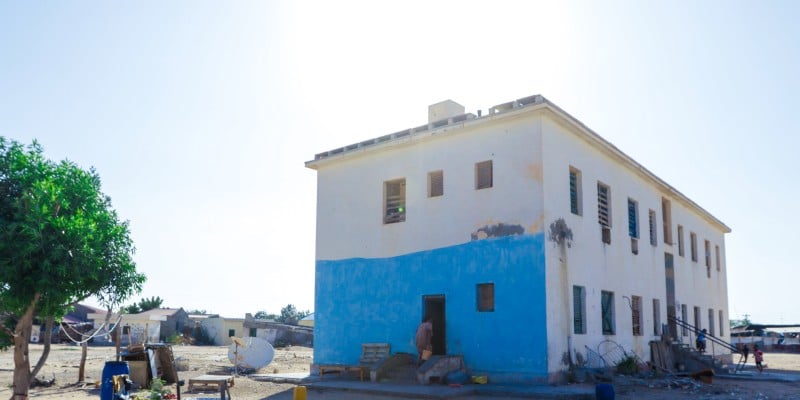When I was a teenager, I spent a year living with my family in the vibrant and culturally rich city of Accra, Ghana. Many Ghanaians continue to live in poverty, so my family got involved with a number of humanitarian organizations that aimed to help people access things like water, education, electricity, and other needed resources.
In almost all cases these organizations and the people leading them were extremely well-intentioned, but in terms of outcomes, some were less effective than many would have hoped. For example, I remember often driving past a large, recently-completed hospital that sat totally empty. A major development organization had funded its construction, and at the time I couldn’t understand why they had built it only to leave it sitting empty, especially given the significant demand for quality healthcare.
Our research at the Christensen Institute has given me a framework to understand what happened with that hospital, and what happens with so many development projects in emerging economies. The project relied on donations, and it had run out when it came time to provide resources to staff and operate the building. There was no sustainable mechanism in place to ensure that the hospital could continue making healthcare accessible.
When it comes to expanding access to people who have traditionally found themselves unable to consume things they need and want—like healthcare—development organizations typically take the approach of relying on donations to subsidize expensive products and services. For example, if healthcare is too expensive for individuals and communities to afford, donations can close the gap and give them access.
Though subsidizing products and services can be useful as a stopgap solution in short-run crisis situations, it doesn’t change the underlying business model that makes something inaccessible. Furthermore, this approach leaves people in a vulnerable position if funding dries up, as the empty hospital demonstrated, and can create a system of dependence that prevents communities from creating sustainable solutions.
Long-term solutions need to change underlying business models in order to make needed products and services accessible to individuals. At the time I lived in Ghana, the way to do this had been modeled brilliantly by the mobile telecommunications industry. The conventional model for mobile telecommunications in places like the United States, with pricey, pay-upfront service subscriptions, created a cost barrier that put the service out of reach of average Ghanaian individuals and families. So, instead of subsidizing consumers’ spending power through donations while leaving the conventional business model intact, innovative African companies created a new, affordable, pay-as-you-go credit system for mobile phones. This model met the needs of consumers while making the service affordable and accessible. It met Ghanaian consumers where they were and allowed them to participate in their economy, and the result was a sustainable system that improved access to helpful products and generated new jobs, two things that projects reliant on donations and volunteers had difficulty duplicating.
The phenomenon of creating new markets that meet consumers where they are is not limited to mobile phones. In our recent report studying 100 market-creating organizations across a wide variety of industries, we discovered that the key is building a solution that reduces the obstacles that prevent people from accessing beneficial products and services, such as money, time, access, and skill-related barriers. Although money-related barriers are perhaps the most obvious, a key insight from this research was that innovators almost always need to overcome multiple barriers when creating new markets to serve previously excluded populations of people.
Take Fyodor Biotech, a Nigerian startup that focuses on helping people access malaria diagnostic tests. Traditionally, malaria diagnostic tests required going to a clinic to get a blood test. This process was expensive, but money was not the only barrier to consumption in play. It also took too much time, meant traveling to an inconvenient location, and required a doctor to administer and read the test. These barriers resulted in tens of millions of people forgoing diagnostic tests for malaria every year, jeopardizing their ability to obtain the right treatment.
Rather than turning to donations and volunteers in order to expand access to blood diagnostic tests for people who couldn’t access them, Fyodor instead reduced the money, time, access, and skill-related barriers that prevented people from getting tested. The company’s founder, Dr. Eddy Agbo, developed a rapid urine malaria test, which costs less than $2, can be self-administered, and takes just 25 minutes to display a result (for a deeper look at how Fyodor accomplished this innovation, check out this interview). It has enabled the company to create a new market for malaria diagnostics with potential to serve millions.
As of 2016, more than 15 million people in Ghana were trapped in poverty; globally, that number is around 3.26 billion. Expanding access to things like healthcare, education, and many other products and services will play a critical role in creating prosperity for people across the world. While well-intentioned projects powered by donations and volunteers can sometimes help in the short-run, a more sustainable solution starts with innovating to reduce barriers in order to meet people where they are.



